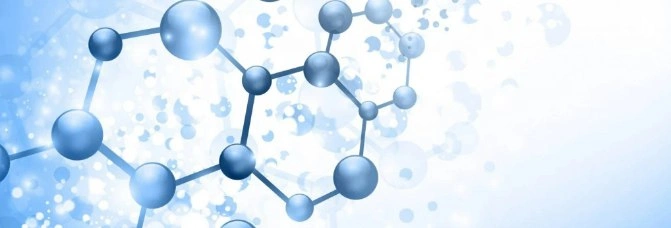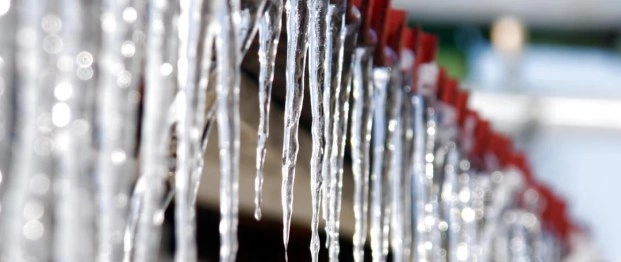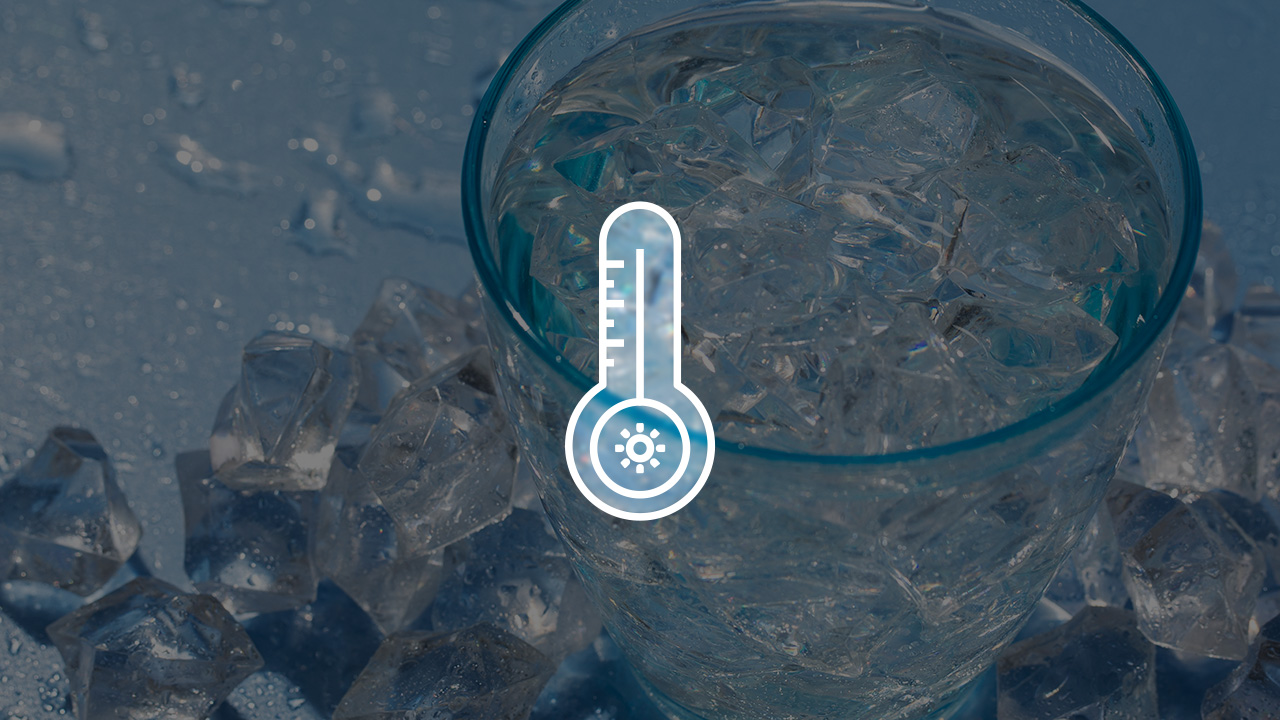There’s a belief that if you freeze and then thaw water, it becomes purified. We've previously discussed how and why water freezes. Now, let’s explore what happens to the substances dissolved in it. Can we consider melted ice water to be clean?
Can Water Be Purified by Freezing?
When you place a container of water in the freezer, an outer ice layer will form, thickening over time and reducing the internal water volume.
Most known methods rely on the fact that, during freezing, dissolved substances concentrate in the center of the liquid. In other words, if you stop cooling the container and pour out the internal water, the resulting thawed water will be pure. In the center remains a sort of brine with dissolved substances, as the hexagonal crystalline structure of ice "pushes out" ions of other compounds. This technique is called the Labza method, named after its author.
You can visually assess the purity of ice by its clarity. If the ice contains no cloudy inclusions or snow-like particles, you have a chance of obtaining nearly distilled water. In contrast, cloudy ice or snow indicates less pure thawed water, as these traits signify brine pockets within the ice structure.
The rate of freezing significantly affects ice purity. The slower the freezing process, the purer the ice will be. Slower freezing occurs at warmer temperatures, so it’s better to freeze water at -2°C rather than -20°C. For instance, sea ice, though less salty than seawater, still contains many brine pockets.
Removal of Heavy Water by Freezing

Heavy water is a substance in which one or two hydrogen atoms are replaced by its isotope — deuterium (D). Primarily, it consists of semi-heavy water (DHO), with a minimal amount of true heavy water (D₂O). On average, natural waters contain 9973 H₂O molecules and three HDO molecules per 10,000 molecules. In percentage terms, H₂O makes up 99.985%, with the remainder being compounds containing isotopes of both hydrogen and oxygen.
Research indicates that snow and ice contain less heavy water than surface waters. Studies of water in mountain rivers, formed from melting glaciers, show that deuterium levels are considerably lower than in any other natural water source.
Freezing temperatures for:
- D₂O: 3.4°C
- DHO: 2.04°C
This means that heavy water should freeze faster than regular water, which freezes at 0°C. In practice, the number of heavy water molecules in a single gram is so low that it’s impossible to remove them completely, though their concentration can be reduced.
Heavy water and ordinary water differ in density, so freezing could potentially lead to heavy water concentration. In industrial light water production, however, distillation is used as it is more efficient.
A household method, known as the Melovichko method, involves placing water in containers in a freezer, discarding the first-formed ice twice, and at the third freezing stage, discarding the center liquid, which contains a high salt concentration. Then, water from the frozen ice can be used for drinking. If the water was pre-purified, for example by reverse osmosis, discarding the inner portion may not be necessary. Such procedures are recommended to be repeated two or three times.
Is it Necessary to Remove Heavy Water?
All the heavy water on the planet formed millions of years ago and is still present in water sources. Thus, not only do we drink it, but our ancestors did as well. There are no clinical studies with sufficient evidence to claim that "light" water has healing properties, nor are there studies proving that heavy water in low concentrations is harmful.
As for toxic effects, despite a belief in deuterium's radioactivity, it is not radioactive. However, due to its higher density, heavy water could disrupt metabolic processes. But for this to happen, one would need prolonged exposure to highly concentrated heavy water. Tritium water is present in such low amounts that existing instruments cannot detect it in natural water samples.
Meltwater from Snow and Ice

As mentioned above, the freezing process must be carefully controlled to obtain clean water. Outdoor snow and ice (especially in large cities) will contain a higher amount of impurities, which may be more harmful than tap water.
Incidentally, until 1935, the Ukrainian Antarctic station “Vernadsky” used melted ice and snow for drinking and household needs. Later, they switched to desalinating seawater using reverse osmosis due to its economic feasibility.
Conclusions
It is indeed possible to reduce the concentration of minerals and organic impurities, as well as heavy water, by freezing. It’s worth noting that many microorganisms die during freezing, so this method might be more effective than boiling for obtaining drinking water in the field. However, it’s more practical to boil the water first and then freeze it.








